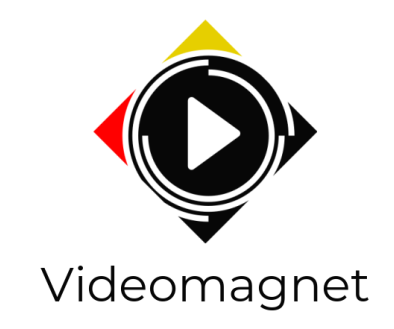Introduction to AI Image Generators
In the rapidly evolving digital age, AI image generators have emerged as groundbreaking tools revolutionizing the realm of digital art. These advanced systems harness the power of artificial intelligence to create, modify, and enhance images, offering unprecedented possibilities for artists, designers, and content creators.
What is an AI Image Generator?
An AI image generator is a sophisticated software that leverages machine learning algorithms to produce images from textual descriptions, existing images, or random inputs. By training on vast datasets, these generators learn patterns, styles, and features, enabling them to craft remarkably realistic and creative visuals.
Core Features
- Image Synthesis: Generate high-quality images from scratch or based on specific inputs.
- Style Transfer: Modify existing images by applying artistic styles or effects.
- Enhancement and Restoration: Improve image quality, remove imperfections, or restore old photographs.
Applications of AI Image Generators
AI image generators have versatile applications across various industries, significantly impacting the way visuals are created and utilized.
Digital Art and Design
Artists and designers use AI generators to experiment with new styles, automate repetitive tasks, and push the boundaries of creativity. From creating unique artworks to generating design elements, these tools offer boundless creative potential.
Marketing and Advertising
In marketing, AI-generated images help in crafting visually compelling ads, social media content, and promotional materials that resonate with audiences. These tools allow for rapid prototyping and customization, making them invaluable for dynamic marketing strategies.
Entertainment and Media
The entertainment industry benefits from AI generators in animation, gaming, and visual effects. They streamline the production process, enabling the creation of intricate and lifelike visuals that captivate audiences.
How AI Image Generators Work
AI image generators operate through deep learning models, such as Generative Adversarial Networks (GANs). These models consist of two neural networks — a generator and a discriminator — that work together to produce high-quality images.
Generative Adversarial Networks (GANs)
- Generator: Creates images based on learned patterns and data.
- Discriminator: Evaluates the authenticity of generated images, guiding the generator to improve its output through continuous feedback.
Training and Data
Successful AI image generation requires extensive training on diverse datasets. These datasets contain a wide range of images that help the AI learn various styles, patterns, and characteristics essential for producing realistic visuals.
Benefits of Using AI Image Generators
The benefits of AI image generators are manifold, transforming the way visuals are created and utilized across industries.
- Efficiency: Automated image creation saves time and effort, allowing artists and designers to focus on more complex tasks.
- Creativity: AI tools provide new avenues for creativity, offering unique perspectives and inspiration.
- Customization: Users can tailor images to their specific needs, achieving personalized and targeted visuals.
Challenges and Ethical Considerations
Despite the promising potential, there are challenges and ethical considerations associated with AI image generators. Issues such as copyright infringement, data privacy, and the potential misuse of generated images necessitate thoughtful regulation and responsible usage.
Conclusion
AI image generators represent the future of digital art, offering unparalleled tools for creativity and efficiency. As these technologies continue to evolve, their impact on various industries will undoubtedly grow, reshaping the landscape of visual content creation.
